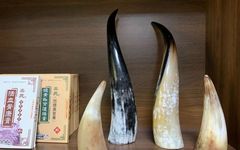
Cupping therapy, historically known as “horn therapy”, dates back to primitive society when people used animal horns (such as cow horns and sheep horns) to create cups for treating illnesses, hence the name “horn therapy”.
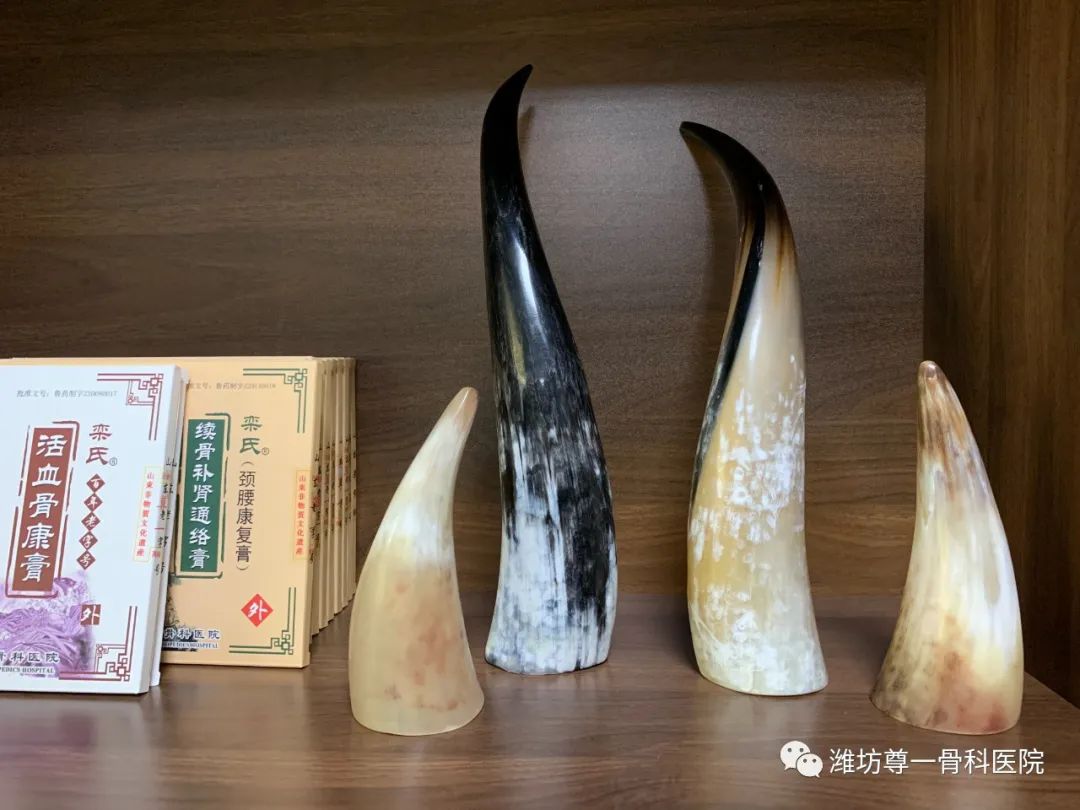
In the book “Emergency Prescriptions for Elbow Disorders” written by the physician Ge Hong during the Jin Dynasty, there are records of using cups made from cow horns to treat surgical sores and abscesses. Cow horn itself is a precious Chinese medicinal material, with a pungent, salty, and cold nature. The pungent flavor can disperse and promote qi, invigorate blood, and nourish; the salty flavor can soften hardness and moisten; the cold nature can clear heat and detoxify. Cow horn has pharmacological effects such as clearing heat and detoxifying, cooling blood and stopping bleeding, calming the spirit and settling agitation, nourishing yin and subduing yang, draining heart fire and lowering blood pressure, treating urinary stones, and dispelling wind, thus promoting blood circulation, cooling the brain, and alleviating pain and itching, making it a preferred choice for guasha and massage.
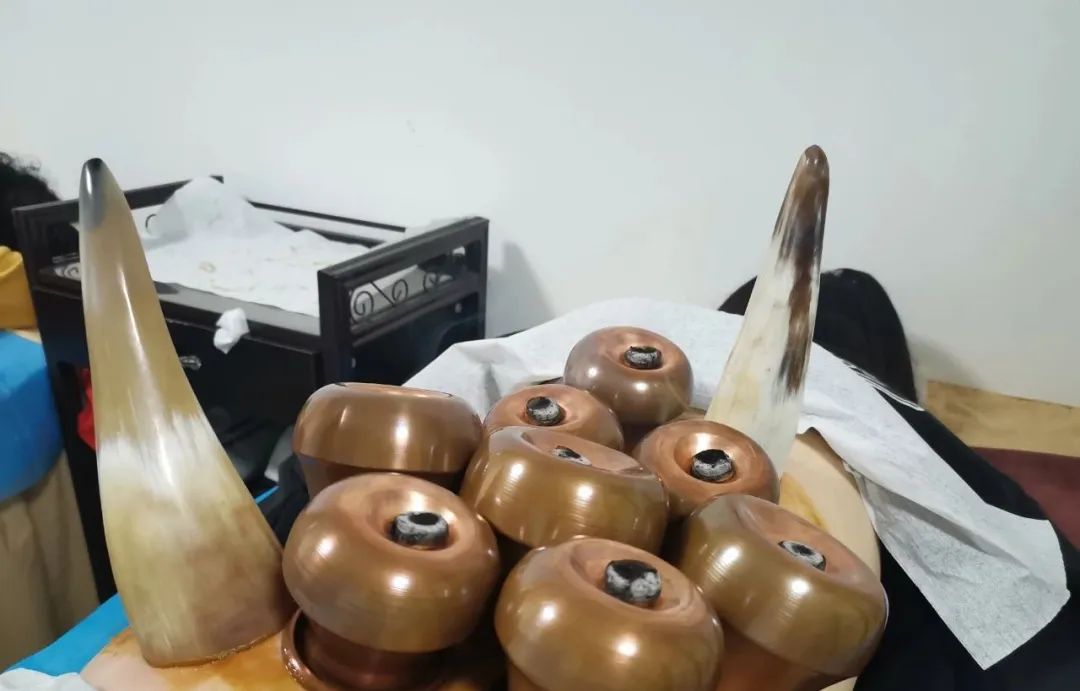
Principle of Horn Cupping Therapy
The horn cup is made from the white horns of castrated or yellow cattle, and through the application of heat, a negative pressure is created to suction specific areas of the body. The horn cup itself carries medicinal properties and integrates multiple techniques such as massage, acupressure, guasha, topical application, and cupping, embodying rich traditional Chinese medicine characteristics. It can remove stagnation, promote qi and blood circulation, reduce swelling and pain, and expel toxins and heat, thus achieving the effects of supporting the righteous and expelling evil, treating diseases, and preventive health care, especially effective for patients with cervical and lumbar disc herniation, and muscle strain in the neck and lower back.
Follow Replay Share Like Watch moreTraditional Chinese Medicine Care
0/0
00:00/00:12Progress bar, 0 percentPlay00:00/00:1200:12Full screen Playing at speed 0.5x 0.75x 1.0x 1.5x 2.0x Ultra clear Smooth
Continue watching
Orthopedic Specialty Therapy – Horn Cupping Therapy
Reprinted, Orthopedic Specialty Therapy – Horn Cupping TherapyTraditional Chinese Medicine CareAdded to Top StoriesEnter comment Video Details
Four Major Effects of Horn Cupping
Regulate – Adjust the balance of yin and yang, balance the qi of the organs
Unblock – Promote the flow of qi and blood, open the meridians
Warm – Warm therapy, dispel wind and cold
Supplement – Support the righteous and expel evil, tonify and strengthen the body
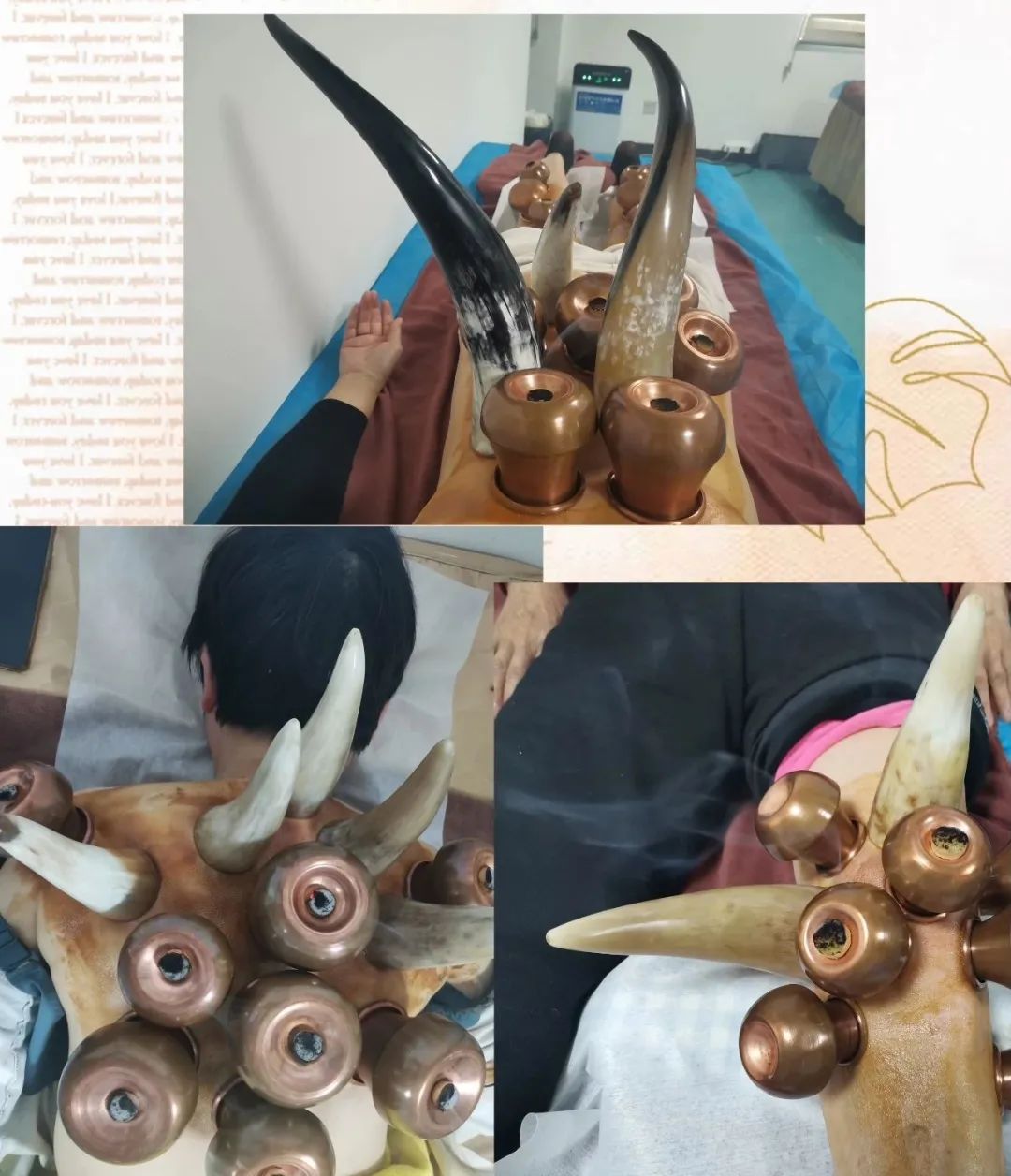
What Conditions is Horn Cupping Therapy Suitable For?
1. Low back pain, muscle strain in the lower back, degenerative joint disease, shoulder periarthritis, tenosynovitis, rheumatoid arthritis, cervical spondylosis, joint stiffness, soft tissue strain, neck and shoulder soreness, etc.
2. Upper respiratory infections, pneumonia, headaches, asthma, etc.
3. Gastric pain, vomiting, abdominal pain, diarrhea, dysmenorrhea, toxic sores, stroke sequelae, etc.
4. Sub-healthy populations.
Precautions After Horn Cupping Therapy
1. During cupping treatment, ensure the indoor environment is warm, especially in winter, avoiding cold and windy areas. In summer, avoid direct airflow from fans on the cupped area.
2. Avoid taking a cold shower within 4-6 hours after cupping.
3. Do not perform cupping again on areas with residual bruising from the previous cupping until the bruises have faded. The interval for repeated cupping should be 3-6 days, based on the fading of the skin bruises.
4. It is best to drink a cup of warm water (preferably slightly sweetened salt water) and rest for 15-20 minutes after cupping.
Changes in Skin Appearance After Cupping and Their Significance
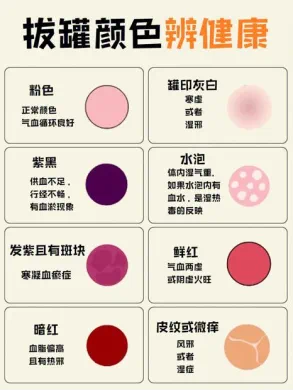
After cupping, the local skin may show dot-like purple-red spots, bruises, or may have a slight heat sensation; this phenomenon is called “cupping marks”, characterized by skin redness, purple-red or purplish-black bruising, small dot-like purple-red rashes, often accompanied by varying degrees of heat and pain. Cupping marks reflect the therapeutic effect of cupping therapy and are indicative of pathological conditions within the body, generally lasting from one to several days before disappearing on their own.
If blisters, swelling, or moisture (water droplets on the inner wall of the cup, or water flowing out after cupping) appear on the skin surface after cupping, it indicates excessive internal dampness or illness caused by exposure to humidity; if the blisters are blood-red or dark red, it often indicates a long-standing illness with dampness and blood stasis; if purple-red or purplish-black cupping marks appear, it often suggests blood stasis, especially if accompanied by fever or rashes, indicating heat toxin; if there is no change in skin color and it feels cool to the touch, it often indicates a deficiency-cold condition; if there is slight itching or skin lines, it often indicates wind pathogen involvement.

Source: Weifang High-tech Zunyi Orthopedic Hospital
Recommended Reading
Library: Premium library exclusive to nurses
Video Channel: Nursing tips and expert live broadcasts
Book Purchase: Nursing books, click “Read the original text” below
Question Bank: New guidelines, new consensus, new standard practice questions
Follow: WeChat public account categorized by nursing departments
Click “Read the original text” below to download the Zhi Hu app

